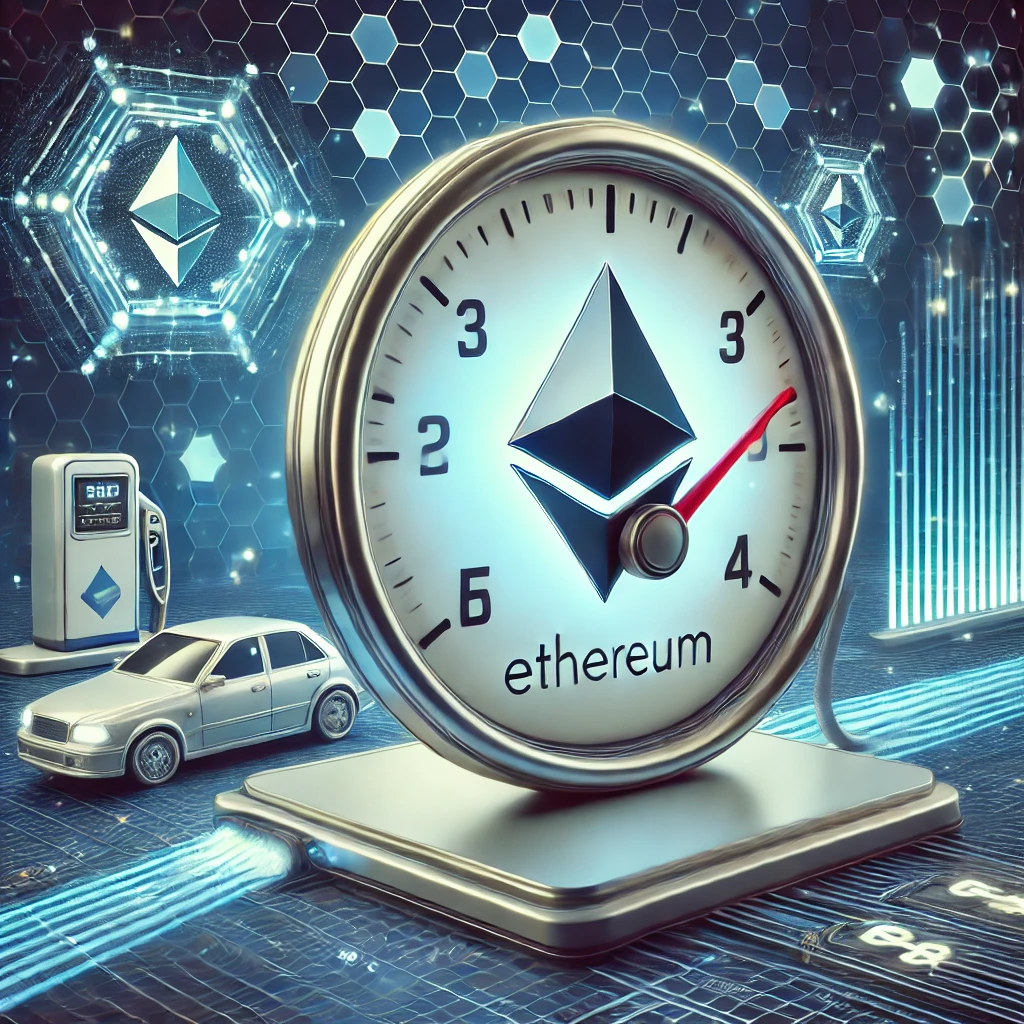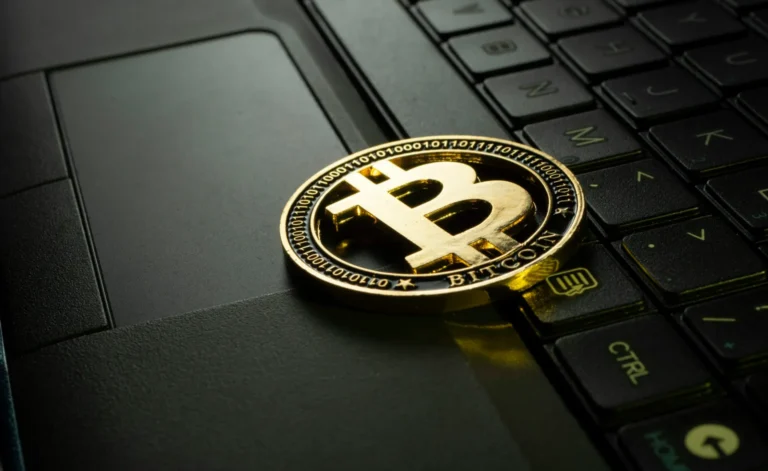
Ethereum gas fees are an essential part of the Ethereum blockchain, but they can often seem confusing, especially for newcomers. Understanding gas fees is crucial for anyone looking to interact with the Ethereum network, whether it’s for sending Ether (ETH), executing smart contracts, or participating in decentralized finance (DeFi).
What Are Gas Fees?
Gas fees are transaction fees required to perform operations on the Ethereum blockchain. They are paid in Ether (ETH) and serve two main purposes:
- Incentivizing Miners (or Validators): Gas fees compensate miners or validators (in Ethereum’s proof-of-stake system) for the computational resources they use to process and validate transactions.
- Preventing Spam: Requiring fees for every transaction helps prevent malicious actors from flooding the network with spam transactions.
How Do Gas Fees Work?
Gas fees are calculated based on two key components:
- Gas Units:
- Each operation on the Ethereum network requires a specific amount of computational effort, measured in gas units. Simple transactions, like sending ETH, consume fewer gas units compared to complex operations like executing smart contracts.
- Gas Price:
- Gas price refers to the amount of ETH you’re willing to pay per gas unit. It is measured in gwei (1 gwei = 0.000000001 ETH). The higher the gas price you set, the more likely your transaction will be processed quickly.
Formula for Gas Fees
The total gas fee is calculated as:
Total Gas Fee = Gas Units × Gas Price
For example, if a transaction requires 21,000 gas units and the gas price is 50 gwei, the total gas fee would be:
21,000 × 50 gwei = 1,050,000 gwei (or 0.00105 ETH).
Base Fee and Priority Fee (EIP-1559)
With the introduction of Ethereum Improvement Proposal (EIP)-1559 in August 2021, the gas fee structure was updated:
- Base Fee: A minimum amount of gas required for a transaction, determined by network demand. This fee is burned (removed from circulation), reducing ETH supply.
- Priority Fee (Tip): An optional fee you can add to incentivize validators to prioritize your transaction.
The total gas fee post-EIP-1559 is:
Total Fee = (Gas Units × Base Fee) + Tip
Why Are Gas Fees High?
Ethereum’s gas fees can become quite expensive during periods of high network congestion. This is because users compete to have their transactions processed quickly, driving up gas prices. Common causes of high gas fees include:
- Popular NFT Drops: High demand for minting NFTs often clogs the network.
- DeFi Activity: Increased trading, staking, or liquidity providing can spike gas fees.
- Limited Scalability: The Ethereum mainnet can handle only a limited number of transactions per second (around 15-30).
Tips to Save on Gas Fees
- Transact During Off-Peak Hours: Gas fees are usually lower when network activity is reduced.
- Set a Custom Gas Price: Use wallets or tools that allow you to specify a maximum gas price.
- Layer 2 Solutions: Use Ethereum Layer 2 scaling solutions like Arbitrum, Optimism, or Polygon to reduce fees.
- Batch Transactions: Combine multiple transactions into one to save on fees.
Conclusion
Ethereum gas fees play a crucial role in maintaining the network’s security and functionality. While they can be costly during high demand, understanding how they work and using strategies like Layer 2 solutions can help reduce costs. As Ethereum continues to evolve, with future upgrades like sharding and rollups, gas fees are expected to become more manageable for users.





